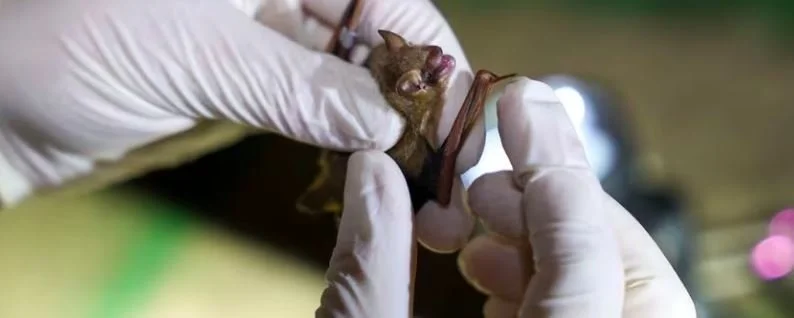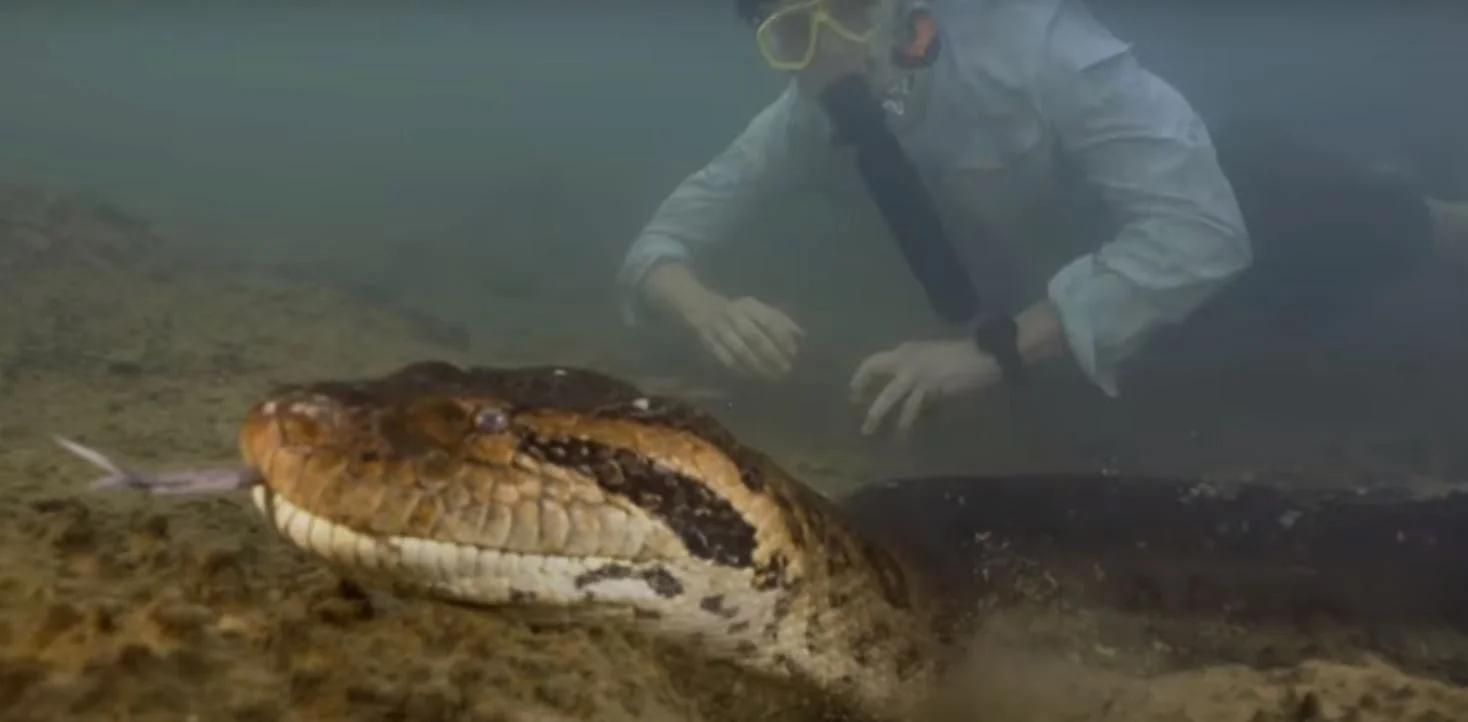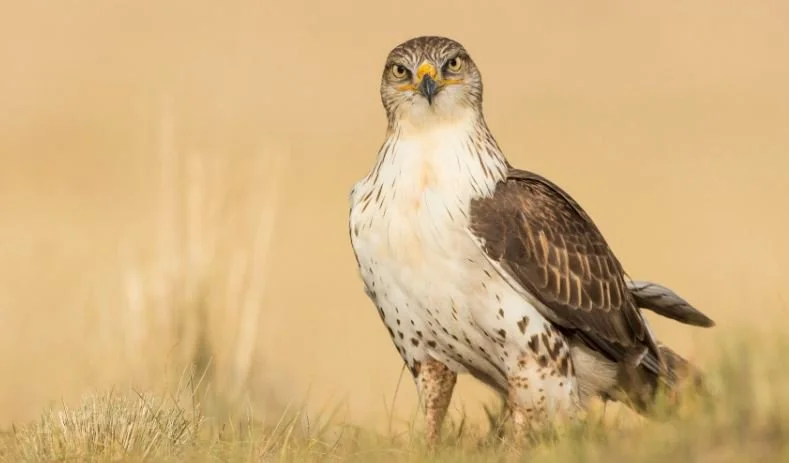When vandals chopped down the famous “Sycamore Gap” tree in the UK last September, local horticulturist Rachel Ryver immediately collected young twigs and buds from the felled tree, thinking it was possible to graft genetic copies of the specimen.
Hi.
Welcome to my blog.





















